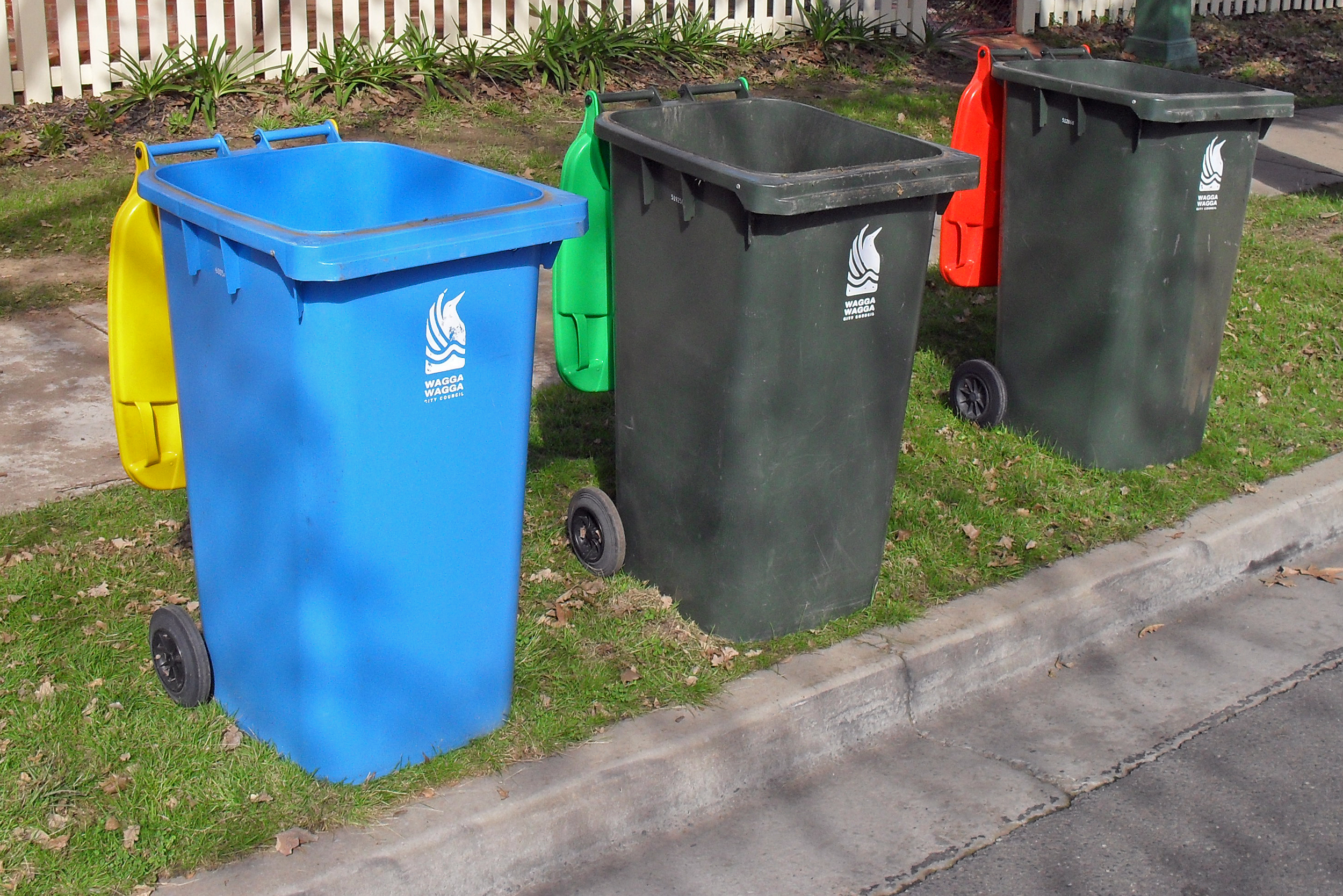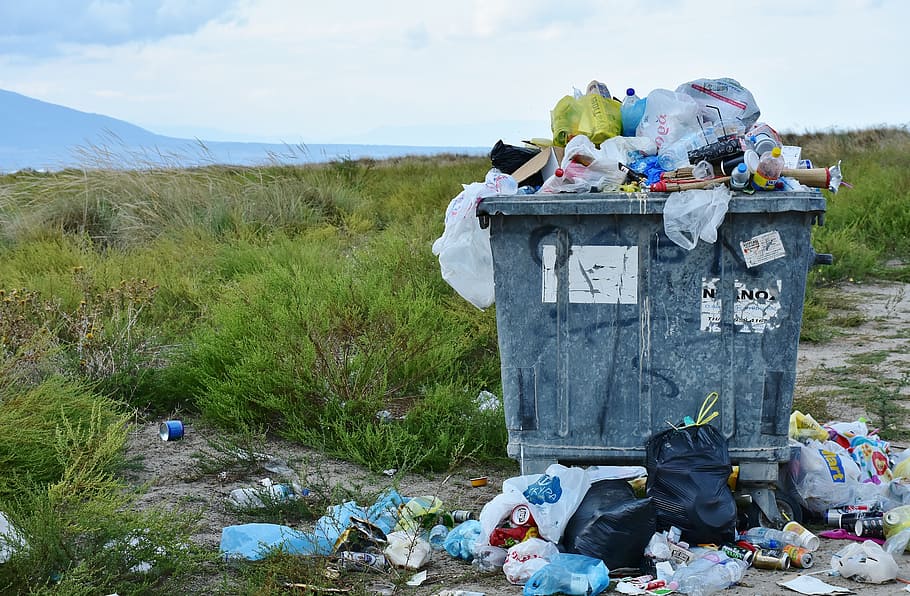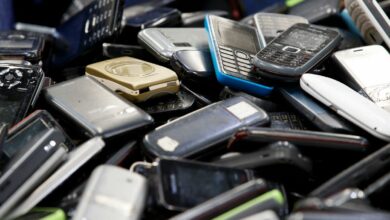Don’t hesitate if a friend invites you to sit on a “tire sofa.” Hide your surprise when spotting a light bulb turned into a vase on the nearby table, or even if the barber invites you to sit on a less-than-welcoming Frankenstein chair that results from the combination of recycled materials.
“In the excessive waste era we live in, reusing is a state of mind,” explains Basurama, the Spanish collective dedicated to both cultural investigation and production, during “The Garbage Experience,” a conference held at Townhouse factory space last Monday in collaboration with the Spanish Embassy and the Egyptian Elnamla Cultural Resources.
The Basurama collective started in 2001 with the enthusiasm of a group of students at the Madrid School of Architecture, who set up a laboratory for designing waste management and reuse projects outside an academic context.
The members of the collective soon became professionals, and they developed independent as well as on-demand projects based on the innovative reuse of waste. They organized workshops and exhibitions around the world to spread their creativity and inspire people wherever they traveled.
For the first time in Egypt, they presented their outlook and experience regarding garbage production and the development of creative solutions.
Waste production and management represent a long-lasting problem in Egypt. The volunteers who were particularly active in cleaning the streets and raising awareness during the revolution have drastically diminished.
Therefore, raising awareness while changing the way people make use of public spaces is becoming extremely compelling. If the reduction of extensive packing and the use of brand new objects that “are born just to die” – like leaflets and ads – is important to limit the amount of trash produced, Basurama also stressed the necessity of generating new artistic and original attitudes toward waste. According to them, any piece of trash can become a work of art – be it a chair or a dress – and also amuse and raise awareness among the community.
In the creative atmosphere that characterizes the post-revolution period in Egypt, the ideas developed by the Spanish architects introduce new perspectives toward an amusing and inspiring reappropriation of public spaces that preserve the environment.
Benjamin Castro and Juan López-Aranguren, two young architects from Basurama, came to Cairo to start their research on urban and public spaces in a context that is completely different from the Spanish one. But they insisted that while the context may be different, the philosophy remains the same: “Don’t be serious.” In order to think about ways to reuse trash, people have to be free to develop processes where creation happily mingles with learning.
This creativity process took the shape of a three-day workshop opened to 25 students, activists and professionals from the fields of art, architecture and urban planning. The project focused on the urban waste and the reappropriation of the urban environment in order to redefine urban abandoned areas. What they explained during the conference is that these urban, forsaken areas are perfect grounds for generating new and innovative ideas, with particular attention to terrain vague and the so-called non-places, namely the unused spaces between buildings.
“Our aim,” Castro explained during the conference, “is to engage with the local communities so they can continue to revitalize the area after our project is finalized.”
Using waste in a creative way to produce installations and works of art is new to Egypt. This might explain the current confusion of the Basurama’s organizers on the type of project they could develop in Egypt.
“We are still in the researching phase here in Cairo,” López-Aranguren said. “So many exciting things are happening here that it’s actually difficult to have a clear idea of the shape our future project in Egypt will take. But this is good. We are open to everything, especially because we don’t have any precise idea.”
But it seems that a lot of this creative freedom ended up being pretty confusing to some of the participants of the workshop.
“I expected a more intensive workshop. Actually, it consisted of urban research rather than a workshop on solid waste recycling,” says Mohamed Abul Khier, a teaching assistant at the architecture University in Alexandria. “Workshops of this kind are usually made to bring new ideas, but we did not have much interaction,” he added, seemingly disappointed that they spent so much time wandering around the city to find ideas on how to revitalize the urban space.
“I’m used to participating in workshops, and we usually work with tutors. I didn’t like the choice of dividing us in groups without even assigning a tutor [to each group], confesses Omar Abu Zekry, a student in architecture. “But what was clearly more interesting to me is when we all brainstormed together,” he says.
Despite the normal organizational inconveniences, the public warmly welcomed the projects presented by Basurama and their idea of creating art out of trash while helping the environment.




